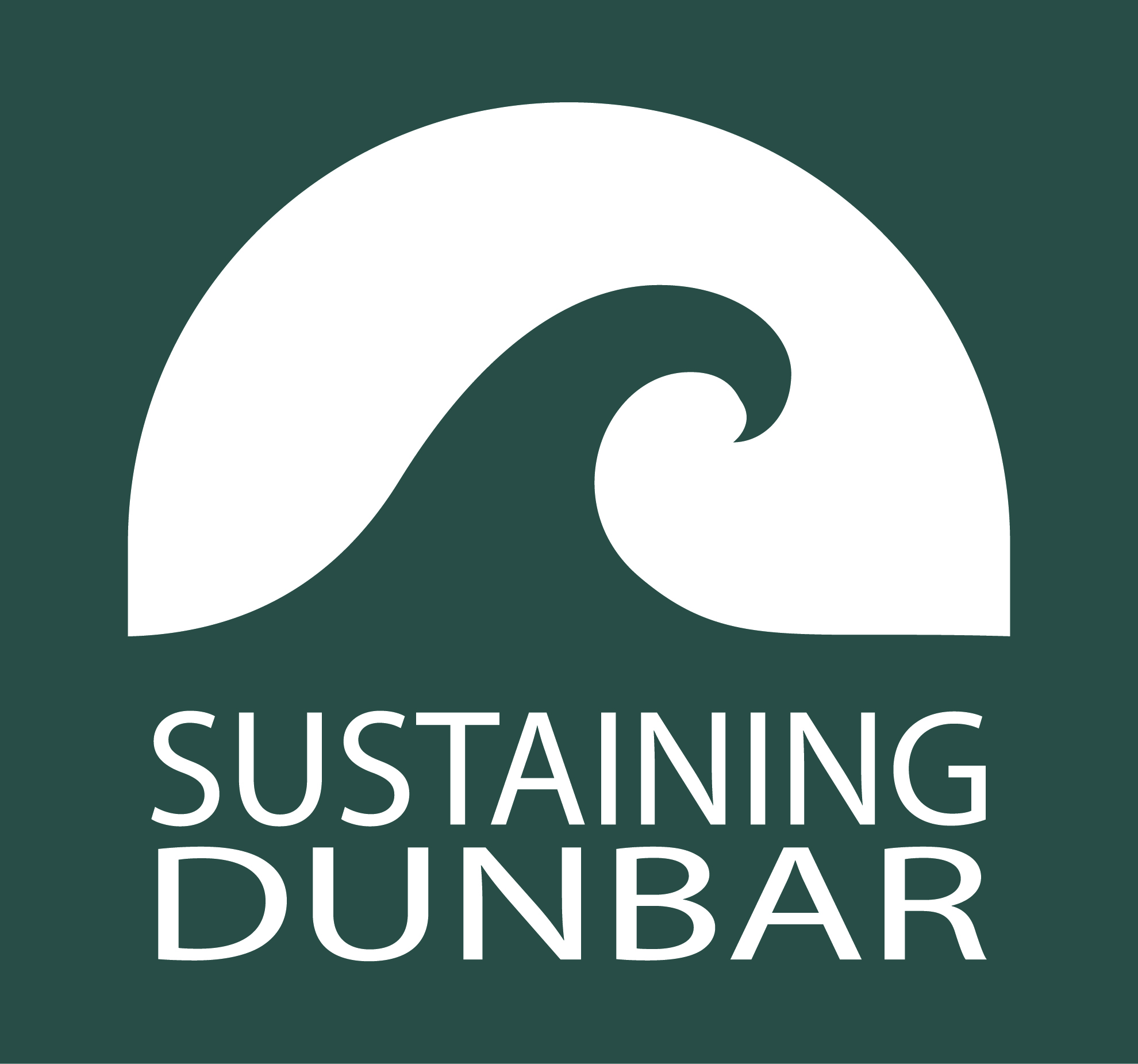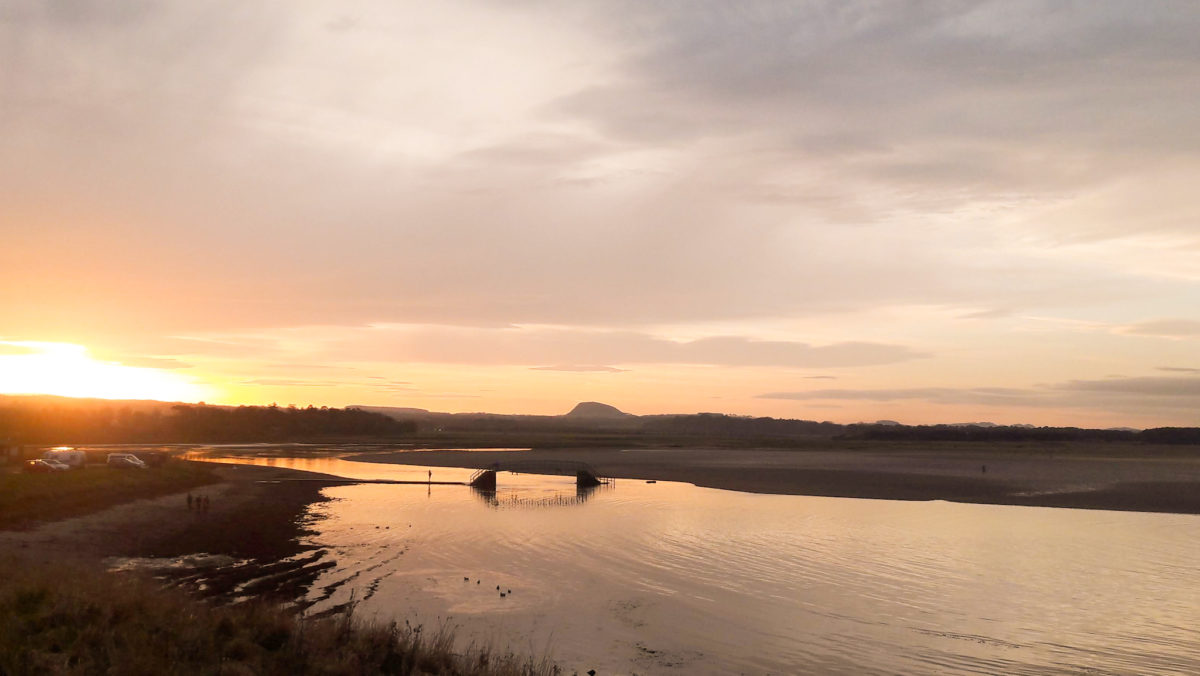The opportunity is subject to the success of our application to NatureScot’s Better Places Fund. If successful the project must be completed by 31 March 2021; we therefore aim to appoint a consultant, subject to NatureScot funding, by the proposed project start date of 1 February 2021.
THIS OPPORTUNITY IS NOW CLOSED
We anticipate the project will require around 25 days work by 31 March. We welcome joint applications. You should also indicate if you are willing to collaborate with another suitably qualified and experienced applicant. The budget is anticipated to be £8,750.
To apply
Please carefully read the project description below.Write a succinct letter (a) demonstrating your ability to deliver the project to a high standard, including any enhanced value you could offer within the project scope; (b) stating how many days you could commit to the project within the time available; (c) whether you are willing, in principle, to collaborate with another consultant; (d) confirming that you are able to undertake the project as a self employed consultant.Email your letter to Osbert Lancaster, Development Manager. osbert@sustainingdunbar.org by 12 noon Wednesday 27 January 2021.
Project description
About Sustaining Dunbar
Sustaining Dunbar is the development trust for the Dunbar and East Linton ward in East Lothian. Our aim is for the area is home to thriving people, where nature thrives on the land and in the sea, where we live, work and learn in ways that respect the wellbeing of all people, and the health of the whole planet.
With around 500 members, we bring people together from across the community to discuss, plan and implement practical projects. We convene the What If? network of over 30 local groups working with the Community Councils, the Area Partnership and East Lothian Council and other allies to further strengthen the community to respond to not only to COVID-19, but also to climate change, biodiversity loss and other environmental, social and economic challenges. We are working to develop and implement a community-led resilience and recovery plan.
Project partners & their role
Belhaven Surf Centre, Dunbar Community Council, Dunbar Community Woodland Group, East Lothian Council, East Lothian Antiquarian and Field Naturalists’ Society*, Foxlake Adventures, Friends of Winterfield, Green Action Trust, John Muir Country Park Advisory Group*, National Trust for Scotland, The Wave Project Scotland. (*subject to committee confirmation).
Nominated individuals representing each partner will form a project reference group, providing advice and information to the project team and reviewing the draft report.
Project summary
Dunbar and East Linton Ward is a rural area approximately 25 miles from Edinburgh, with a number of places under pressure from increasing numbers of visitors, both local and from as far as Glasgow. The project will undertake visitor management scoping and evidence gathering to inform the future development of visitor management plans, and to assess the interest from key stakeholders in working more closely to address challenges and opportunities.
The project will include large scale destinations such as Tyninghame Links (within John Muir Country Park); informal destinations such as beaches accessed by roadside parking; and local destinations such Lochend Wood Community Woodland. The project scope will help ensure future plans not only take account of the interests of visitors from the area and beyond, but also encourage a holistic approach that addresses displacement effects.
In addition, the outcomes of this project will inform the development of local groups’ responses to COVID-19 and other environmental, social and economic challenges. Potential synergies with this project include encouraging active travel, engaging more people and groups in: conservation volunteering; nature-related health and wellbeing activities; and learning for sustainability.
The East Lothain coast is virtually all subject to National, European and International designations to protect natural heritage, and is the busiest by visits, per kilometre, in Scotland with over 3 million visits per year in normal circumstances, and is projected to increase by 1m. This project will cover the coast in Ward 6, which includes John Muir Country Park (including Tyninghame Links & Belhaven Bay), White Sands, Skateraw and part of John Muir Way.
July and August 2020 were busiest ever experienced on the coast; Tyninghame Links had three times its capacity (50) parked on the access road, and exceeded capacity most days in July to September. At Tyninghame 93 tents in one weekend were recorded ‘wild camping’ with associated issues.
Non-coastal areas the project will include are Lochend Wood, Pressmennan Wood and Winterfield Park (for its potential for greater nature value), and part of John Muir Way. Other local ‘hotspots’ may be identified during the scoping phase.
Problems include: fire damage to the SSSI grassland and dune habitats, disturbance of wildlife, irresponsible toileting, tree damage; camping outwith the guidance with the Scottish Outdoor Access Code, conflicts with other land and water based interests, and inappropriate parking. Other issues include poor public transport links and weak cycle path connections.
Project Outcomes
How the project will meet the outcomes of the Better Places Fund:
Outcome: Visitor management impacts and opportunities have been identified and a start on how to address them has been made.
Drawing on existing designations, data and expert local knowledge the project will undertake a rapid assessment to (a) identify sites in the ward that are currently, or at risk of, suffering from visitor pressures, and for each site (b) identify key stakeholders, (c) summarise the main issues, challenges and opportunities, (d) existing plans and proposals to address these, (e) identify knowledge gaps.
Outcome: Communities and interested parties have a mechanism or way forward to help develop solutions to address visitor impacts and improve local and visitor experiences and place.
Through discussions with the reference group, and with key stakeholders for each site, the project will identify (a) current practices, including what is working well and what is less successful, (b) explore ideas for working more effectively, (c) what support might be needed, and (d) agree next steps in developing ways forward. The ways forward may be specific to each site, involve collaboration with other sites in the area, or both.
We anticipate the project will help enable partners, stakeholder and landowners to make progress on issues such identifying necessary infrastructure, employment of seasonal rangers, coordination of recruitment and training of volunteers, local SOAC-compliant partnership signs, other local activity to complement national campaigns. The evidence gathered and the relationships developed will help partners and others, individually and/or collectively, to progress no- and low-cost actvities, and to make strong funding applications to address the issues identified.
Project Activities and Outputs
Activity: Inception meeting with project reference group, plus follow up by phone/email.
Output: Agreement of sites potentially at risk; Identification of key stakeholders; identification of relevant reports, data and expert advice.
Who/When: Consultant / Development Manager 1 – 5 Feb
Activity: Desk review of reports etc, interviews with experts, site managers, owners, key stakeholders.
Output: Draft report including for each site: key stakeholders; main issues, challenges and opportunities; existing plans and proposals; gaps in knowledge.
Who/When: Consultant 1 Feb – 12 Mar
Activity: Two group meetings with site managers, owners and key stakeholders to share emerging findings, explore next steps.
Output: Agreement on next steps to address impacts, develop solutions and pursue opportunities. Added to draft report.
Who/When: Consultant / Development Manager 15 Feb – 5 Mar
Activity: Reference group review draft report.
Output: Comments on draft report.
Who/When: Reference group / Development Manager 12 – 21 Mar
Activity: Produce final report
Output: Final report
Who/When: Consultant 22 – 31 Mar

